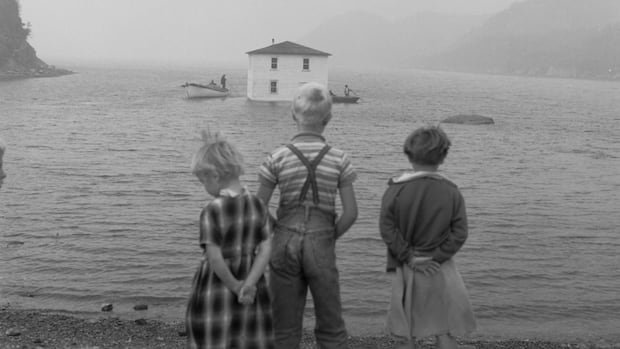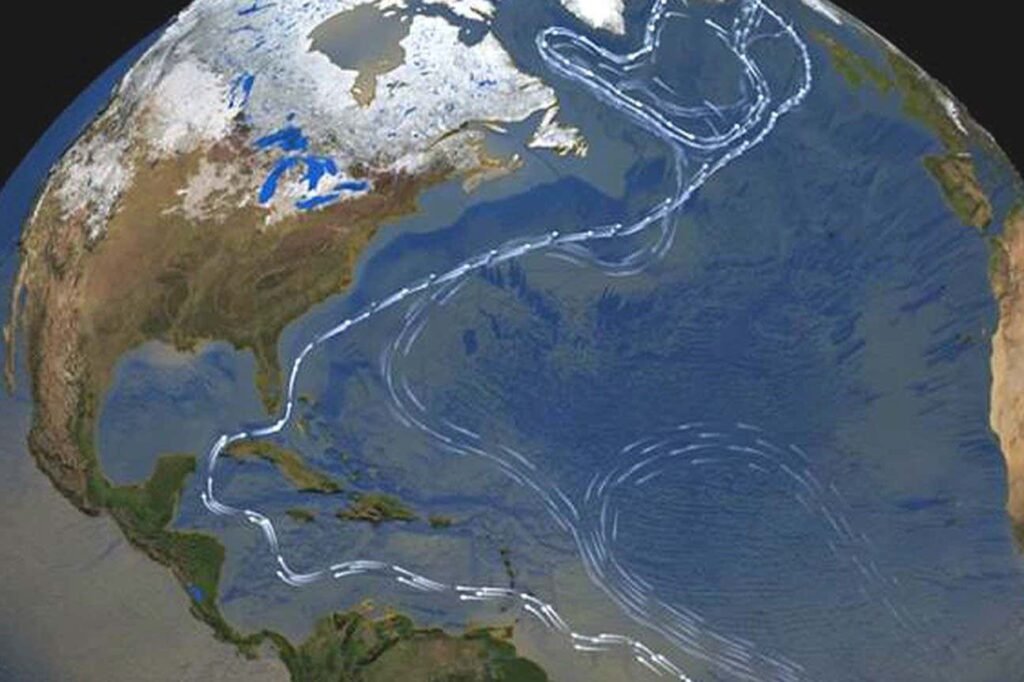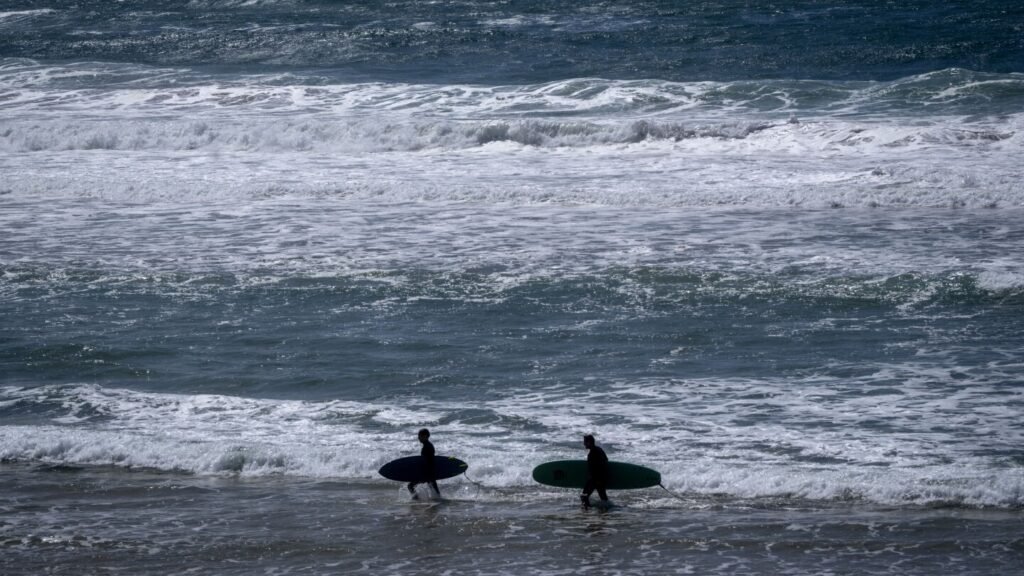Now Reading: Current N.L. wildfires reminiscent of the devastating summer of 1961
-
01
Current N.L. wildfires reminiscent of the devastating summer of 1961
Current N.L. wildfires reminiscent of the devastating summer of 1961


“There’s a type of flower that closes up at night when it gets dark, and those flowers were closing up in the middle of the day, at noon-hour. The smoke was just so thick.”
That’s how Marvin Barnes, who was six years old and living in Valleyfield at the time, remembers the summer of 1961 in Bonavista Bay.
That year, record dry conditions on the island of Newfoundland led to a spate of wildfires that burned for more than three months.
Then, as now, crews had to contend with blazes in several different locations at once.
Then, as now, thousands of people were evacuated from their communities and could only wait for news on the fate of their homes.
The province took steps that will sound familiar to those of us living through this year’s ferocious wildfire season. Authorities banned open fires, prohibited travel through the woods, and ultimately declared a state of emergency and asked the Canadian government to send military support.
When the flames finally guttered out, they left behind millions of acres of scorched earth and a province determined to change its approach to forest fires in the future.
Fighting for the life of the town
The summer of 1961 was an unusually dry one. Less than an inch (25.4 milimetres) of rain had fallen on Newfoundland’s east coast from late May to early August, compared to an annual average of almost 200 millimetres
The dry spell made a tinderbox of Newfoundland’s forests and fields, and by mid-June there were a dozen major wildfires burning out of control.
One of the most destructive of them was in Bonavista North. First spotted on June 12 near Traverse Brook, it spread rapidly up the coast to Hare Bay, where hundreds of women and children were forced to spend the night in schooners offshore.
That was only the beginning. The conflagration would burn for three months and, at its peak, extend over 200,000 hectares.

When then-minister of Mines and Resources W. J. Keough flew over the area in early August, he said the smoke from the blaze furled tens of thousands of feet into the air “like the burst from an atomic bomb.”
Dr. Rex Gibbons, a geologist who would eventually become minister of Mines and Energy himself under the Wells government, was fifteen years old in 1961 and had just graduated from grade eleven when he and his family learned the fire was moving up the shore toward them.
“We’d heard of houses burning in Hare Bay and other places along the way,” he said in an interview, “and we knew the fire was heading towards Lumsden, towards all the towns here on the coast.”
While his mother and six younger siblings evacuated to Lumsden North, which was out on a sandy peninsula and safe from the flames, Gibbons and his father stayed behind with the men of the community to help build a fire break.
“Every capable person in Lumsden was on the fire line,” he remembers. “We were fighting for the life of the town and our own livelihoods.”
Beating down the burning grass with shovels and spraying hotspots with water from the cans strapped to their backs, they managed to stop the flames from reaching the town.
Gibbons and some of his friends later went west along the shore to Carmanville to help fight the fire there.
Wildfires lead to improvements in N.L.’s forestry service
To prevent further outbreaks, the government banned open fires except at designated sites in public parks and restricted outdoor smoking. They prohibited travel through the woods on the Avalon and Burin peninsulas, including for the purposes of camping, fishing, and berry picking.
Officials also introduced mandatory jail sentences for anyone found to have started a fire in the forests, whether intentionally or through negligence. Two young men were sentenced to serve six months in the penitentiary for deliberately setting a fire in a forest in central Newfoundland.

Eventually, the provincial government declared a state of emergency, and Ottawa dispatched over 1,200 Canadian troops to help get the blazes under control.
By the end of summer, the fires had obliterated dozens of homes and, according to estimates at the time, more than half a million hectares of wilderness.
They wiped out Bonavista North’s thriving logging industry, which many residents relied on for their winter livelihoods, and, in the words of then-deputy Resources minister Stuart Peters, destroyed “a combination of soils, plants and animals that took from fifteen to twenty thousand years to establish.”
All that remained across great swaths of the province were ghostly white spruce trunks and ashes on bedrock.
But for all its tragedy, the summer of 1961 led to permanent improvements in the way Newfoundland and Labrador deals with wildfires.
The scope of the disaster revealed that the province’s forestry service lacked the resources to fight such large fires, so the province purchased six aircraft: two Canso water bombers, one large helicopter for transporting firefighters and gear, and three small fixed-wing planes.
The government also established a network of 12 weather stations to monitor for hazardous conditions across the province.
The fires left an indelible mark not only on landscapes and institutions, but on the people of the province. For Gibbons, the experience is something that those who lived through it will never forget.
“We all remember ’61.”
Download our free CBC News app to sign up for push alerts for CBC Newfoundland and Labrador. Sign up for our daily headlines newsletter here. Click here to visit our landing page.



















































